China has been successful in narrowing the digital divide and laying some of the foundation stones for the digital economy .
According to Chinese government data, the country’s three major carriers had a combined 622 million fixed-line broadband subscribers at the end of August, up 32.1 million from the beginning of the year. Of those, 139 million – about 22% – were using networks with download speeds of 1Gbps or higher, up 47 million. Overall, 94% of broadband subscribers had speeds above 100Mbps.

In addition to its massive broadband user base, China also leads the world in 5G user base with 676 million as of June 30. Its success in deploying modern infrastructure and adding new subscribers here is due to a number of factors, including a supplier-side approach, the ability of policymakers to force price cuts, and the large e-marketplaces of companies such as Tencent and ByteDance.
China Telecom's broadband average revenue per user (ARPU) is expected to be 48.2 yuan (over 163,000 VND) and mobile ARPU will be 46.2 yuan (156,000 VND) in the first half of 2023, according to the report.
Meanwhile, the ITU’s State of Broadband report found that the number of people not connected to the internet has fallen by 100 million to 2.6 billion in the past 12 months. “There has been a fundamental shift from a supply-driven to a demand-driven approach,” the report said.
The growth in connectivity has a knock-on effect on digital transformation and post-pandemic pivots, leading to stronger demand for digital products and services. “We need to focus on the gap to connect the nearly 3 billion people who are not yet connected,” the report said. ITU also urged policymakers to consider lessons learned during the pandemic on the positive economic impact of infrastructure.
China deploys 5.5G technology at ASIAD 19
Cutting-edge technologies such as 5.5G (5G Advanced) were deployed at the opening ceremony and other events of the 19th Asian Games (ASIAD 19) held in Hangzhou. An estimated 80,000 spectators and 20,000 staff gathered at the Hangzhou Olympic Sports Center Stadium, where the opening ceremony took place. Mobile connectivity was smooth throughout the night.
5G and 5.5G are key technologies for the event to run smoothly, with 5.5G being 10 times faster than 5G, according to Chinese media. At the 2023 MWC Shanghai Conference, Huawei's rotating chairwoman Meng Wanzhou called 5.5G the next step of the 5G revolution.
According to China Mobile, other technologies are also deployed at the 19th Asian Games to meet the high demand for mobile connectivity during the tournament. China Mobile covers 168 areas in the stadium through 134 antennas with multiple frequency bands to handle telecommunication services everywhere.
China Telecom combines artificial intelligence and big data analysis to deploy the Internet more efficiently, making 5G “smarter” and adapting to diverse user requirements.
(According to Lightreading, Global Times)

Source








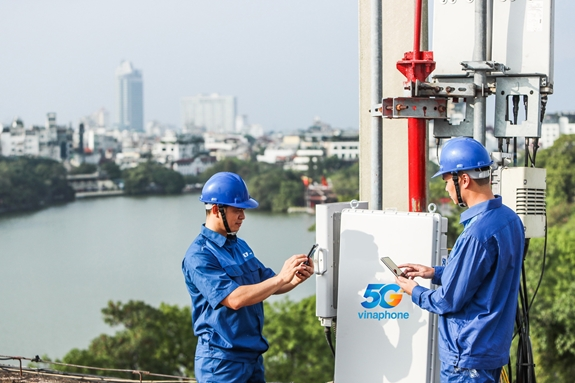

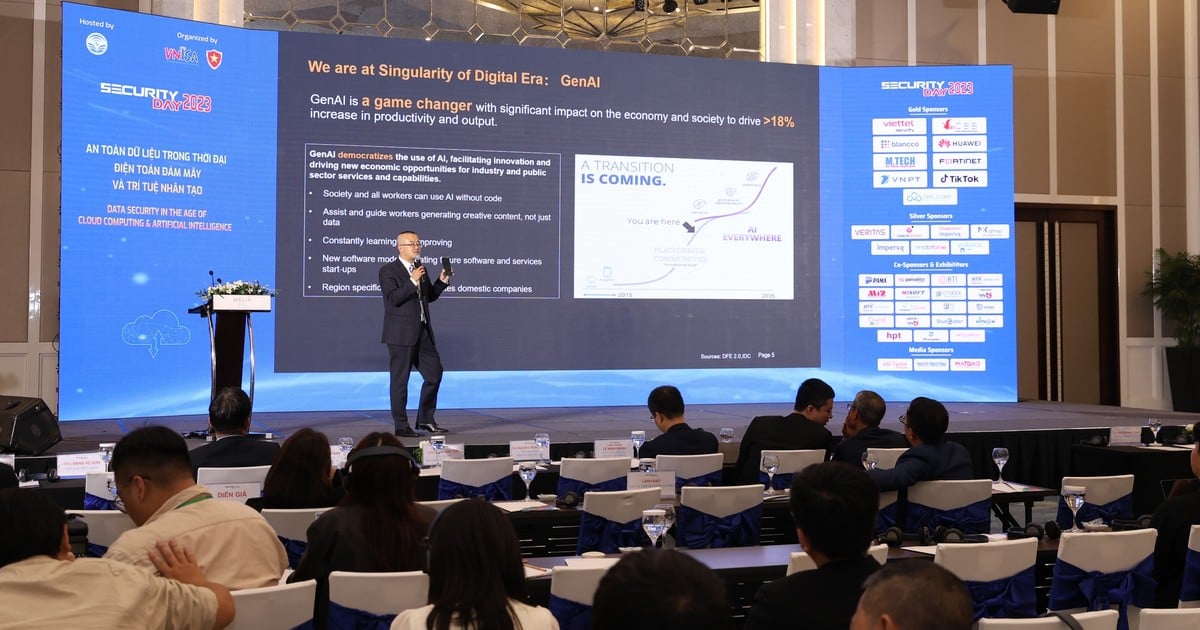

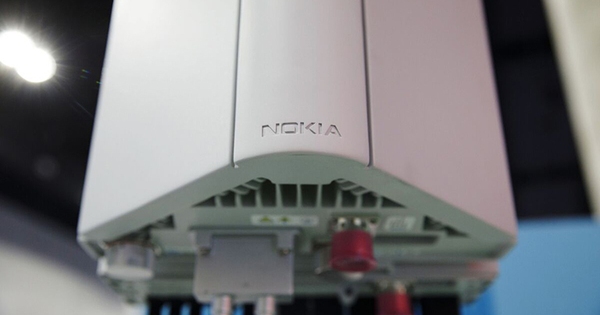






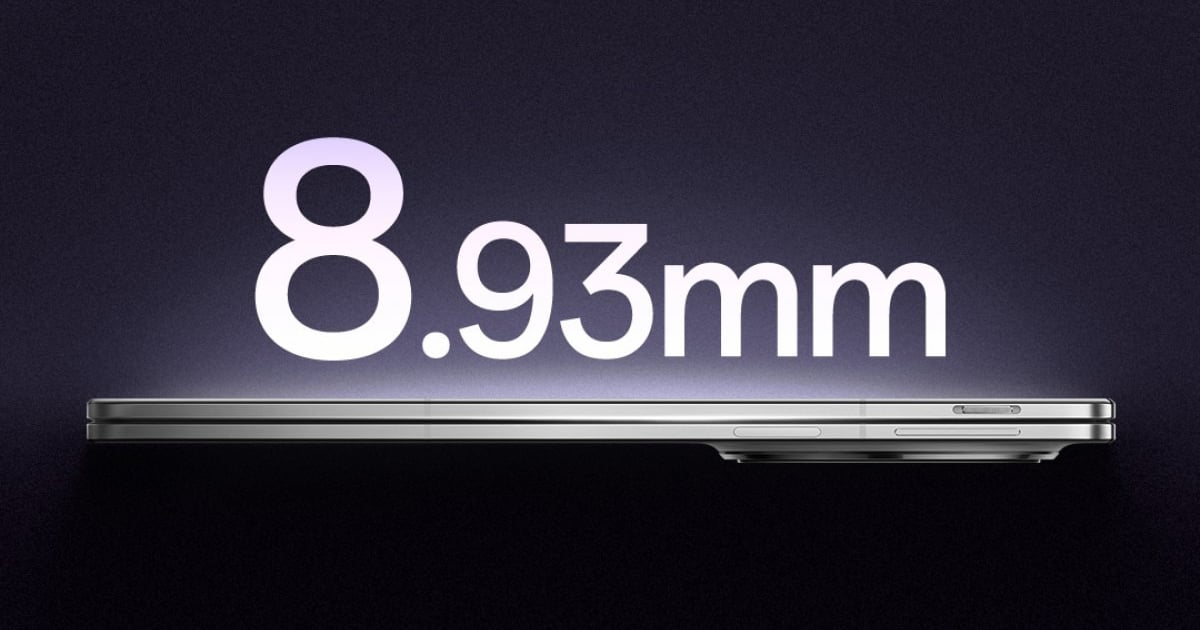








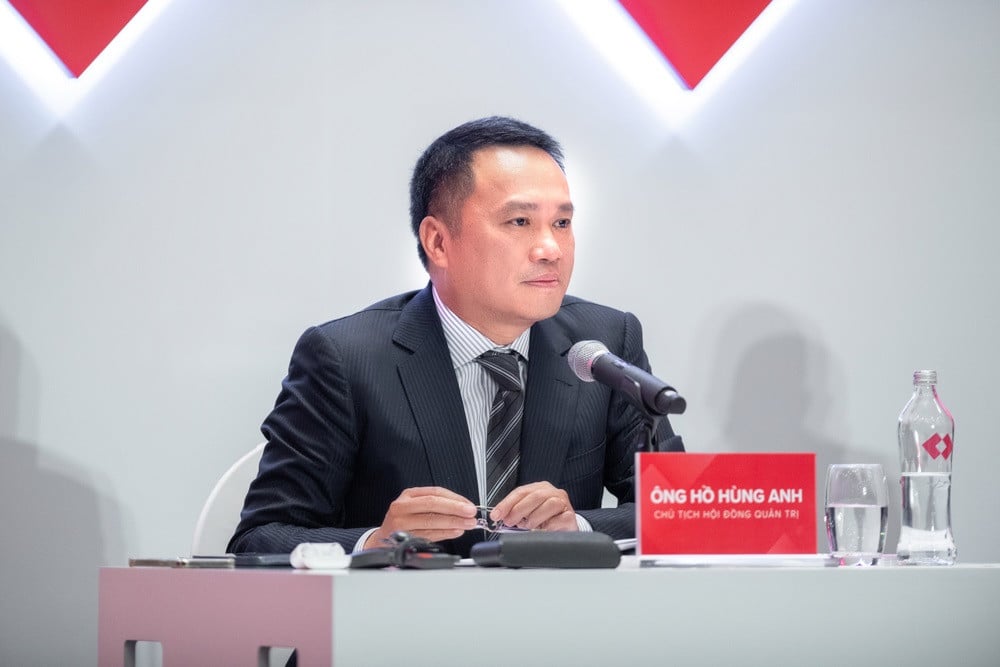

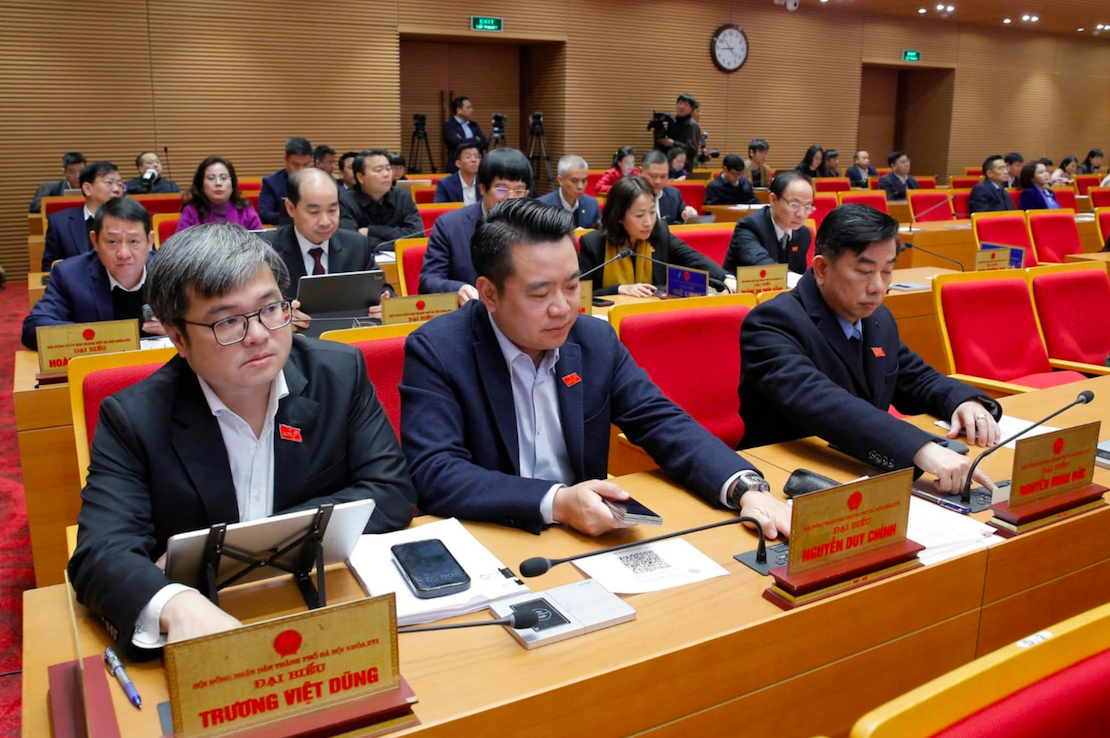










![[Photo] Prime Minister Pham Minh Chinh chairs Government Conference with localities on economic growth](https://vstatic.vietnam.vn/vietnam/resource/IMAGE/2025/2/21/f34583484f2643a2a2b72168a0d64baa)



























































Comment (0)